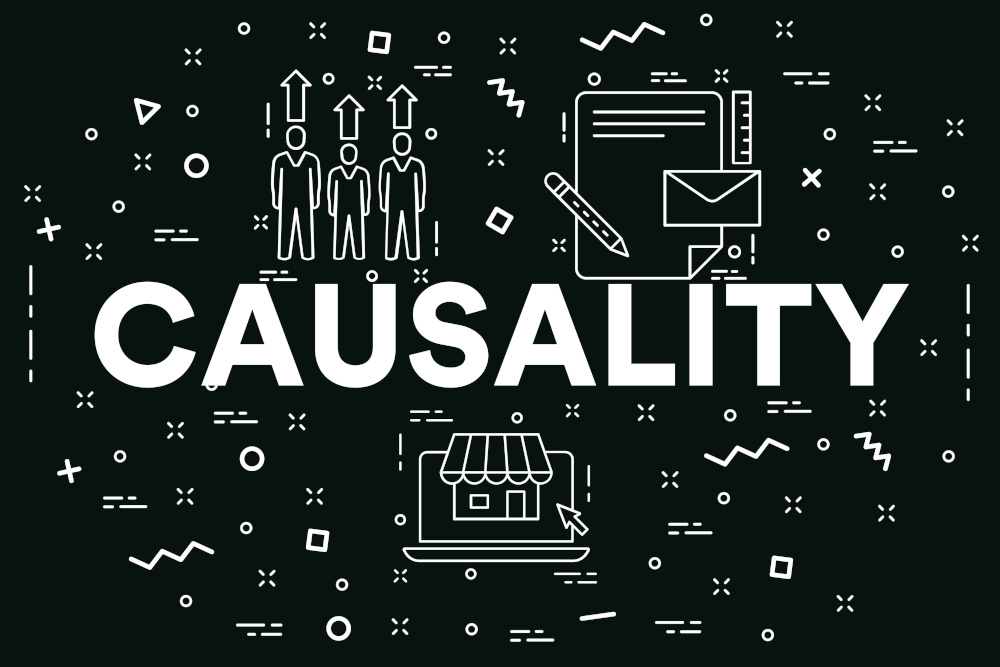The importance of “ History “ in the determination of causal relationship . The basic components of any medical examination are history, physical examination and medical decision making . These components can be transferred to most Independent Medical Examinations by substituting “determination of causal relationship” for “medical decision making”. Of course, there can be many other issues addressed in the Independent Medical Examination (IME), but the determination of causal relationship is integral to the process. Causal relationship can be defined as “Did the event(s) lead directly (or indirectly) to the alleged injury?”. This question can only be answered by consideration of the history provided by the injured party or witnesses AND evaluation of the mechanism of injury. I will address mechanism of injury in a future post. It has been my experience , particularly when the initial treatment is rendered by an urgent care center or primary care provider, and especially when that provider is not aware of any potential third-party liability, the history only consists of the claimant’s report of what hurts . Obtaining an accurate history should begin by asking the open-ended question “How did the injury occur?”. The claimant alone should provide this answer. If another party attempts to answer , except in the case of claimant who is a minor, the examiner should redirect the question to the claimant , and if appropriate , provide time for the other party to contribute . It is important to document the source of the answer such as “ the spouse added…” . The history portion of the IME exam is composed of both the history of injury and history of treatment . It important to document both elements. Due to the prolonged treatment courses, the claimant will oftentimes have difficulty remembering exact dates and sequences of treatment . Any discrepancies between the history and medical records provided should be noted but are not necessarily grounds for claims of false testimony. I would not expect that the claimant would have the same difficulty in describing the alleged injury and the examiner should obtain this information to the best of their ability. This must begin with the examiner’s setting the tone for a comfortable, encouraging and non-confrontational discussion with the claimant. We need to reassure the claimant that we are not asking them for a medical diagnosis , but merely asking them to tell us how they got hurt in their own words. The use of diagrams and pictures can be helpful and oftentimes claimants will want to show cell phone photos of their injuries. This information can be helpful but only can be used to document what may have occurred , not how it may have occurred. By obtaining an accurate and complete history the examiner can provide an IME that serves all involved parties.

History in the Determination of Causal Relationship
Share this post
Share on facebook
Share on google
Share on twitter
Share on linkedin
Share on pinterest
Share on print
Share on email
